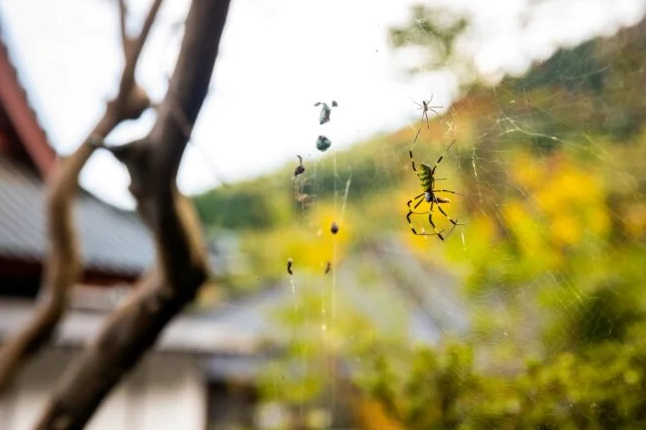As the temperature drops, a secret invitation seems to go out to all sorts of insects, beckoning them to seek refuge in the warmth of our homes. While prevention is often the best remedy, severe infestations might demand more drastic measures.
Despite their unwelcome intrusion, these insects aren’t necessarily out to disrupt our lives; they simply seek shelter from the cold, food, water, and a cozy spot to spend the winter. As researchers explore the impact of climate change on insect behavior, it’s becoming clearer that bugs are particularly sensitive to temperature shifts.
Are these critters increasingly infiltrating our homes due to climate changes? It’s a complex question. Regardless, we’re still not keen on rooming with them. Pest control experts advise that barring their entry in the first place is a substantial part of the battle. The essential strategy involves plugging every gap and crack in both your home’s exterior and interior. It’s crucial to also eliminate excess moisture in areas like basements, attics, bathrooms, and kitchens, while sealing off potential food sources by properly storing food in airtight containers and securing garbage.
Centipedes
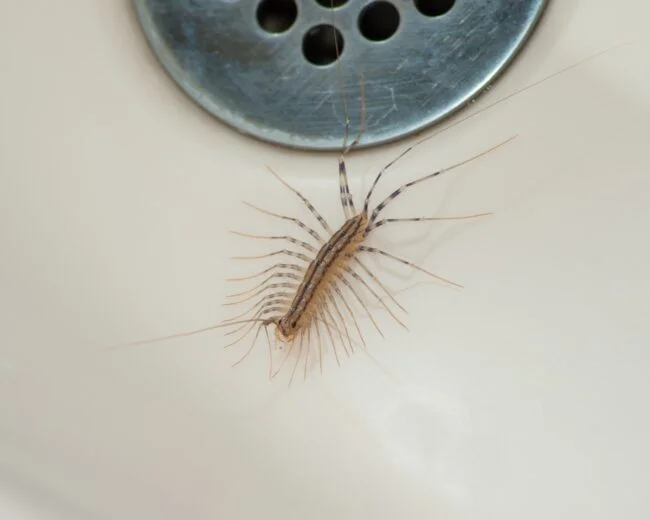
Despite their unsettling appearance, centipedes play a vital role—they prey on other insects and spiders seeking refuge indoors. To keep them outside, it’s essential to seal your home meticulously and prevent any moisture buildup. If their numbers surge, seeking professional pest control is recommended.
Silverfish

Ever opened a box to find tiny holes in your clothes? You might have encountered silverfish. These wingless bugs are drawn to carbohydrates in natural fibers and moisture. Using boric acid bait packs or other methods in areas where they congregate, such as storage boxes or bathrooms, can help manage them.
Crickets
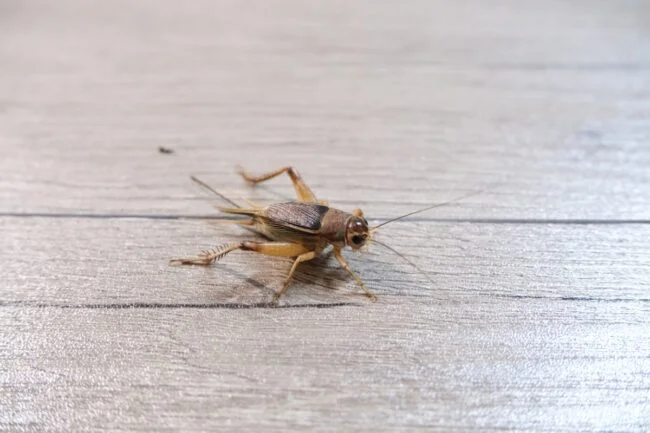
Their outdoor chirping signals fall’s arrival, but indoors, crickets are less charming. They can damage clothing and multiply rapidly. Prevent their entry by sealing access points, especially under doors. Non-toxic traps can capture those that breach your home’s defenses.
Spiders

While entomologists and youngsters with a fascination for insects might find common house spiders (Achaearanea tepidariorum) intriguing, most people would rather not find them inside their homes. These eight-legged creatures are year-round residents in many households, but when autumn arrives, they get a bit restless as it’s their mating season. Consequently, they seem to emerge from the hidden nooks and crannies in search of a mate.
To deter these arachnid intruders from setting up shop in your abode, consider promptly eliminating their cobwebs and switching off outdoor lights during the night. The reason for this strategy is simple: lights tend to attract insects, and where there are insects, there are spiders on the hunt for a meal. By taking these preventive measures, you can make your home a less appealing destination for these leggy visitors, helping maintain a spider-free living space.
Bedbugs

These opportunistic bloodsuckers hitch rides on various items, infesting more than just your bed. Regularly inspect mattresses, luggage, and clothing after travel, wash clothes in hot water, and seek professional help if infestation is suspected.
Stink Bugs
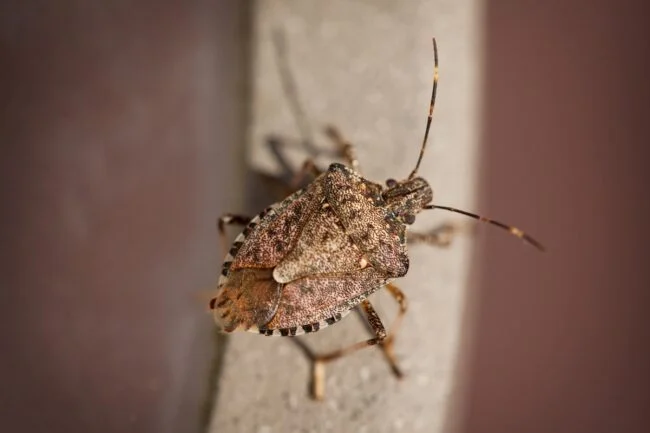
Found in many states, these pests seek shelter as the cold approaches. Sealing entry points and using scented dryer sheets on screens and curtains can deter their presence.
Boxelder Bugs
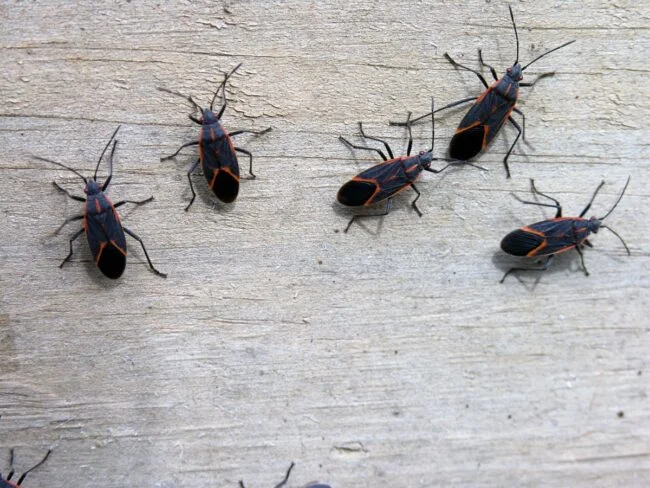
Harmless but odorous, these bugs gather in large numbers both indoors and outdoors. Using residual insecticide around your home, especially in the spring and fall, can help manage their presence.
Cluster Flies
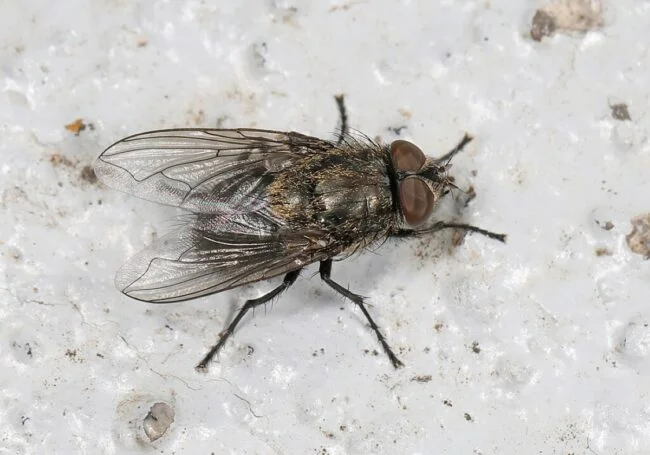
Hibernating through winter, these flies seek shelter in warm, dark places. Seal every possible crack and gap, and consider professional treatment if an infestation persists.
Ladybugs
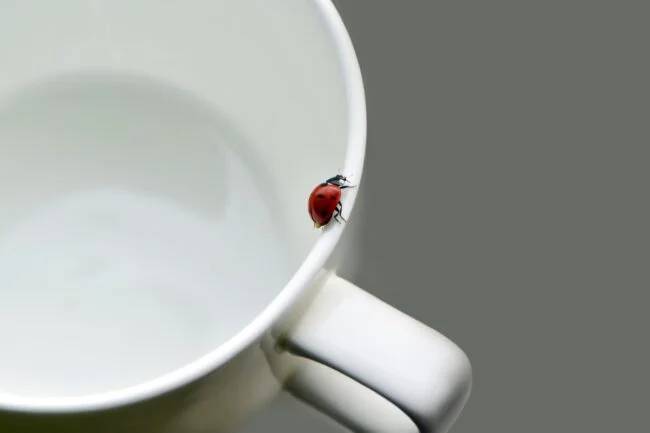
These symbols of good luck might invade your home in large numbers over fall and winter. Sealing your home thoroughly, using diatomaceous earth, cloves, bay leaves, light traps, or a liquid residual pesticide, can help manage their presence.
Western Conifer Seed Bugs
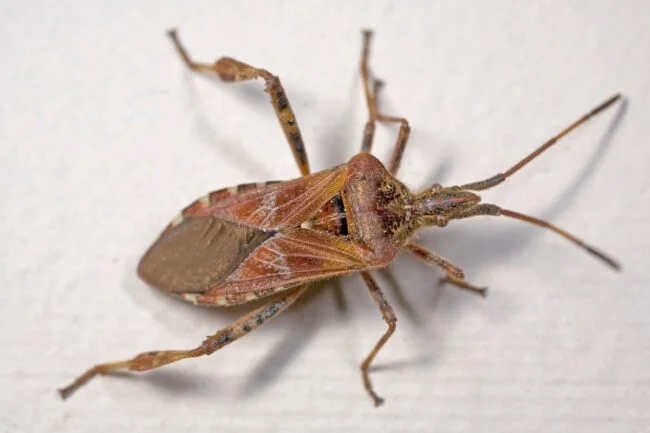
Increasingly found in homes due to climate shifts, these bugs are tough to eradicate. Besides sealing gaps, using lasting residual insecticide on exterior walls in late summer or early fall might deter infestations.
German Cockroaches
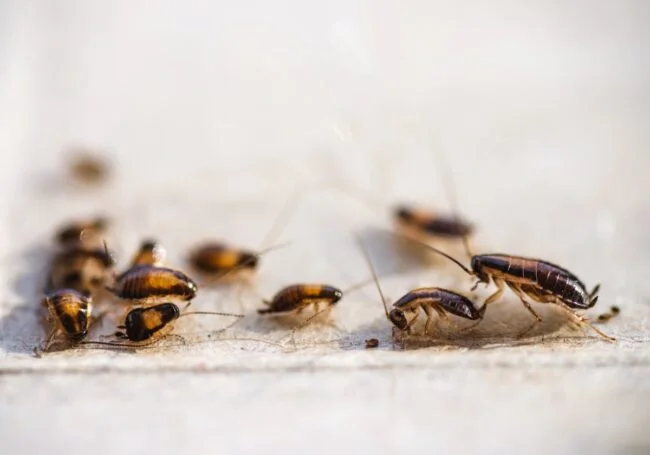
Seeking warmth in homes during fall, these prolific breeders thrive in humid environments. Maintain cleanliness and use substances like diatomaceous earth or insecticide gel baits to deter them.
Ants
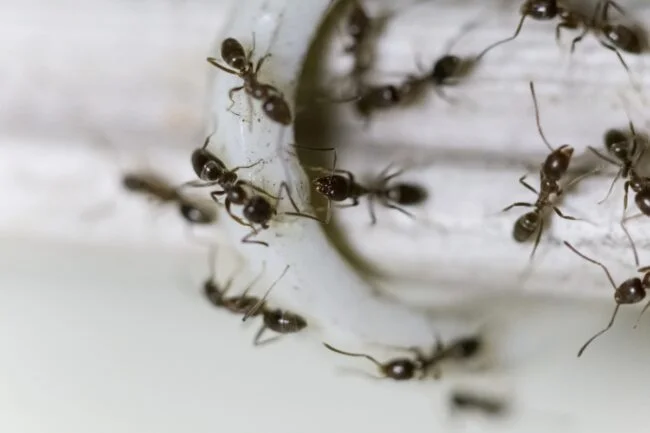
Rain forces ants to surface, seeking refuge indoors. Sealing your home, keeping the kitchen tidy, and fixing leaks can deter their intrusion. Substances like diatomaceous earth or boric acid traps can also help manage their presence.
Hairy Fungus Beetles

Typically outdoor dwellers, these beetles might venture indoors, especially if grains are stored in damp conditions. Ensuring dry storage areas and using fungicides or dehumidifiers can deter their presence.
Knowing when to call in professionals is crucial. If home remedies fail, structural damage appears, odors emerge, or infestations persist, it’s time for expert assistance.
In summary, a home overrun by insects isn’t just unsettling but potentially damaging. Taking proactive measures, from sealing entry points to using targeted treatments, can help maintain a bug-free sanctuary.
Insects, despite their intentions, don’t belong cohabiting with us. Maintaining a vigilant defense against their invasion is the key to a peaceful, bug-free home.
Photos source: istock photo – Public Domain via Wikimedia Commons

